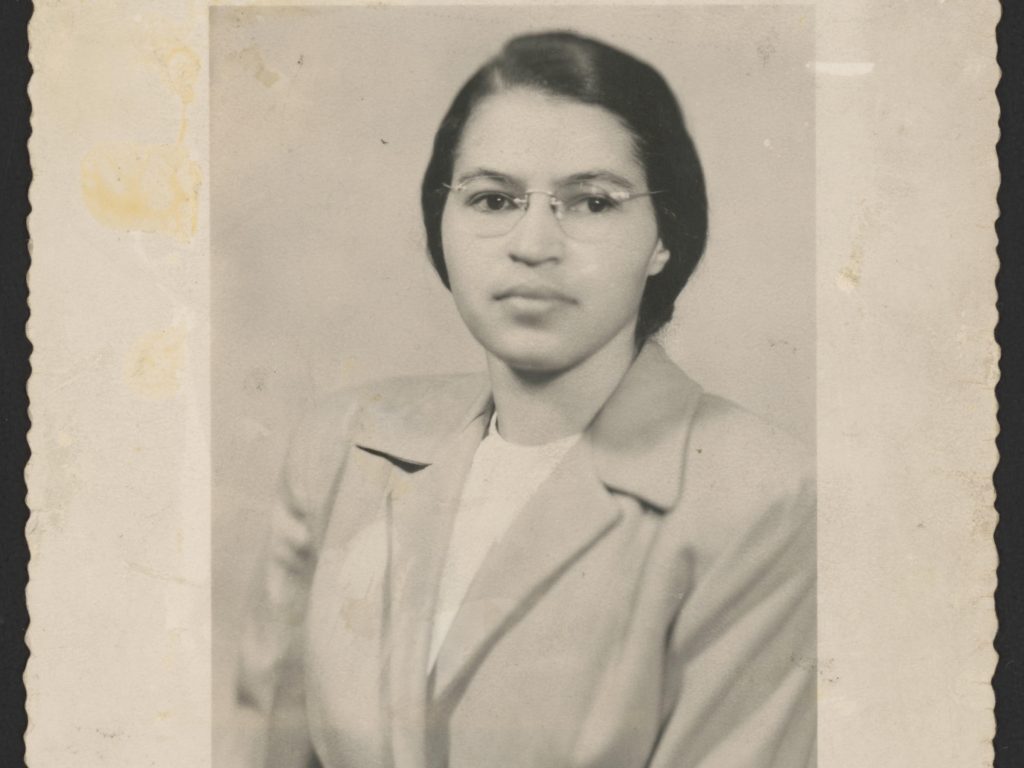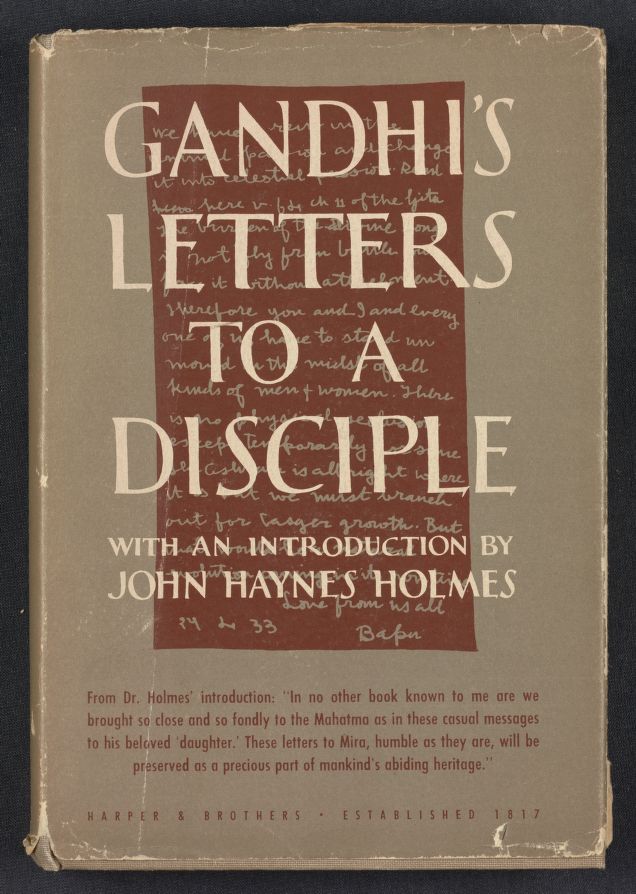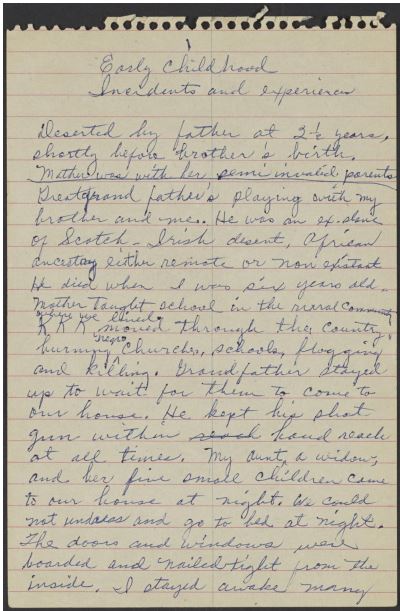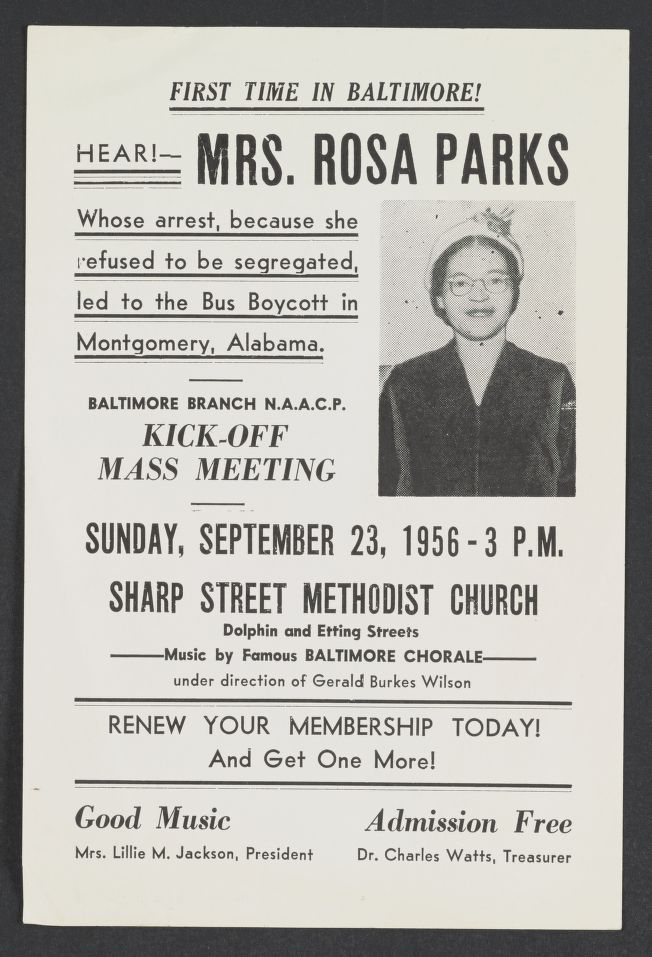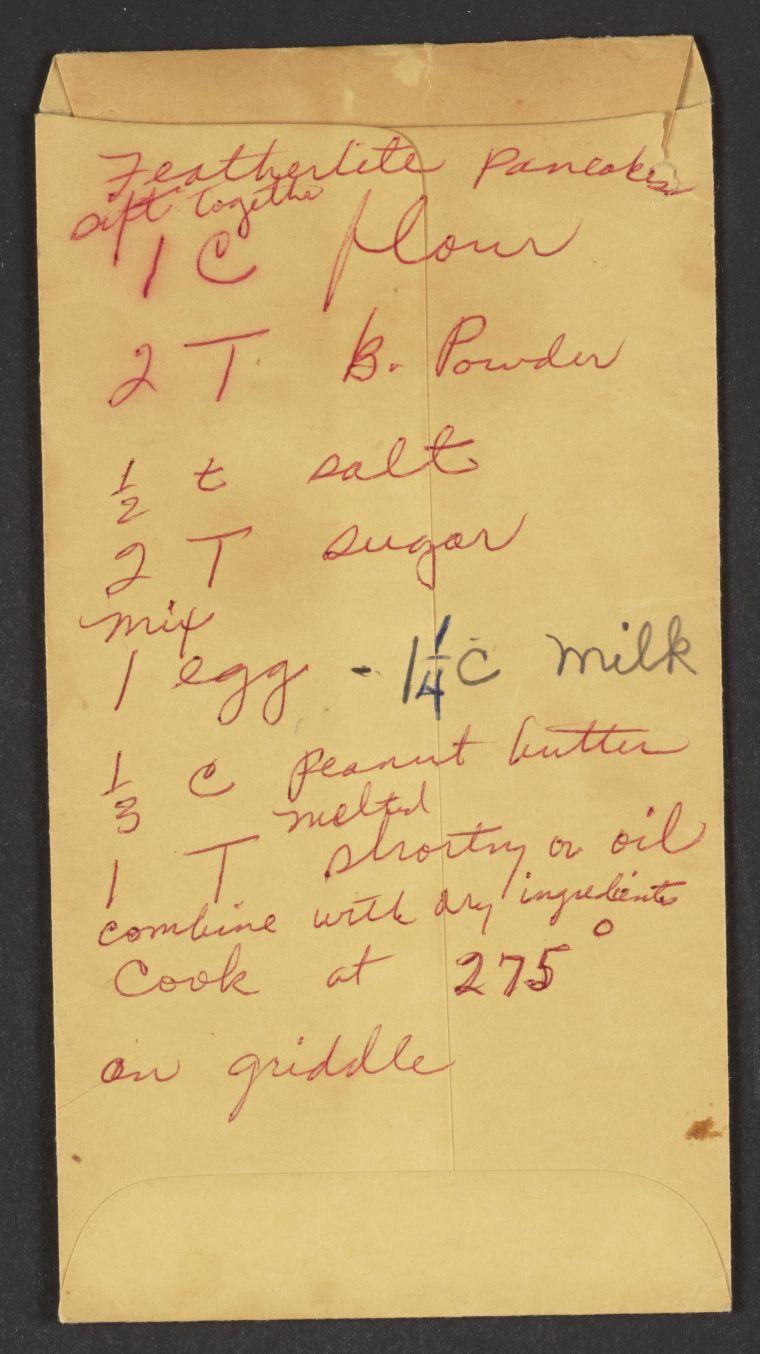
Imagine the scene: you uncover a painting stored away in the closet of an elderly relative’s home, coated in a blanket of dust so thick you can hardly make out anything but more dust underneath. You slide it out, begin to carefully brush it off, and find two piercing eyes peering out at you. You brush away more dust, you are covered in it, and the image slowly reveals itself: a stunning oil painting of a young woman in a blue headdress and gold tunic, her red lips parted slightly in an enigmatic, over the shoulder glance.
You have just discovered Johannes (or Jan) Vermeer’s Girl with a Pearl Earring, the so-called “Dutch Mona Lisa.” The year is 1881, and the painting—in poor condition—will sell at auction for two guilders and thirty cents, the equivalent of about twenty-six U.S. dollars in today’s currency.
This mostly fictional anecdote is meant to illustrate just how much Vermeer’s fortunes—or rather those of the owners of his paintings—have risen since the late 19th century. (The painting was indeed sold in 1881—to an army officer and collector—for that tiny sum.)
Though Vermeer himself achieved modest fame during his own lifetime in his hometown of Delft and in The Hague, he died in debt in 1675, and was subsequently forgotten. Since then, of course, he has become one of the most famous European painters in history, with as much name recognition as fellow Dutch stars, Rembrandt and Van Gogh.

With the exception of the rare Biblical or mythological scene and two paintings of gentleman scholars, Vermeer’s few paintings—portraits and tranquil domestic scenes of almost preternatural stillness and poise—depict middle class women and their servants at work and at leisure. The Girl with a Pearl Earring is unusual: not a portrait—though the best-selling novel and award-winning film recreate its fictional referent—but what is called a “tronie,” depicting, writes The Hague’s Mauritshuis museum (who own the painting), “a certain type or character; in this case a girl in exotic dress, wearing an oriental turban and an improbably large pearl in her ear.”
Part of the reason for Vermeer’s obscurity is also the reason for his works’ precious rarity today—his relatively meager output compared to other Dutch painters of the period. “Most Dutch painters turned out hundreds of pictures for a much broader market,” writes the Metropolitan Museum of Art. Vermeer produced “perhaps about forty-five (of which thirty-six are known today).” To learn many fascinating details about the composition, technique, history, and influence of those thirty-six paintings, you should visit Essential Vermeer 2.0, a thoroughly comprehensive site with an interactive catalogue, bibliographies, research links, interviews, essays on technique, list of Vermeer events and online resources, and much, much more.
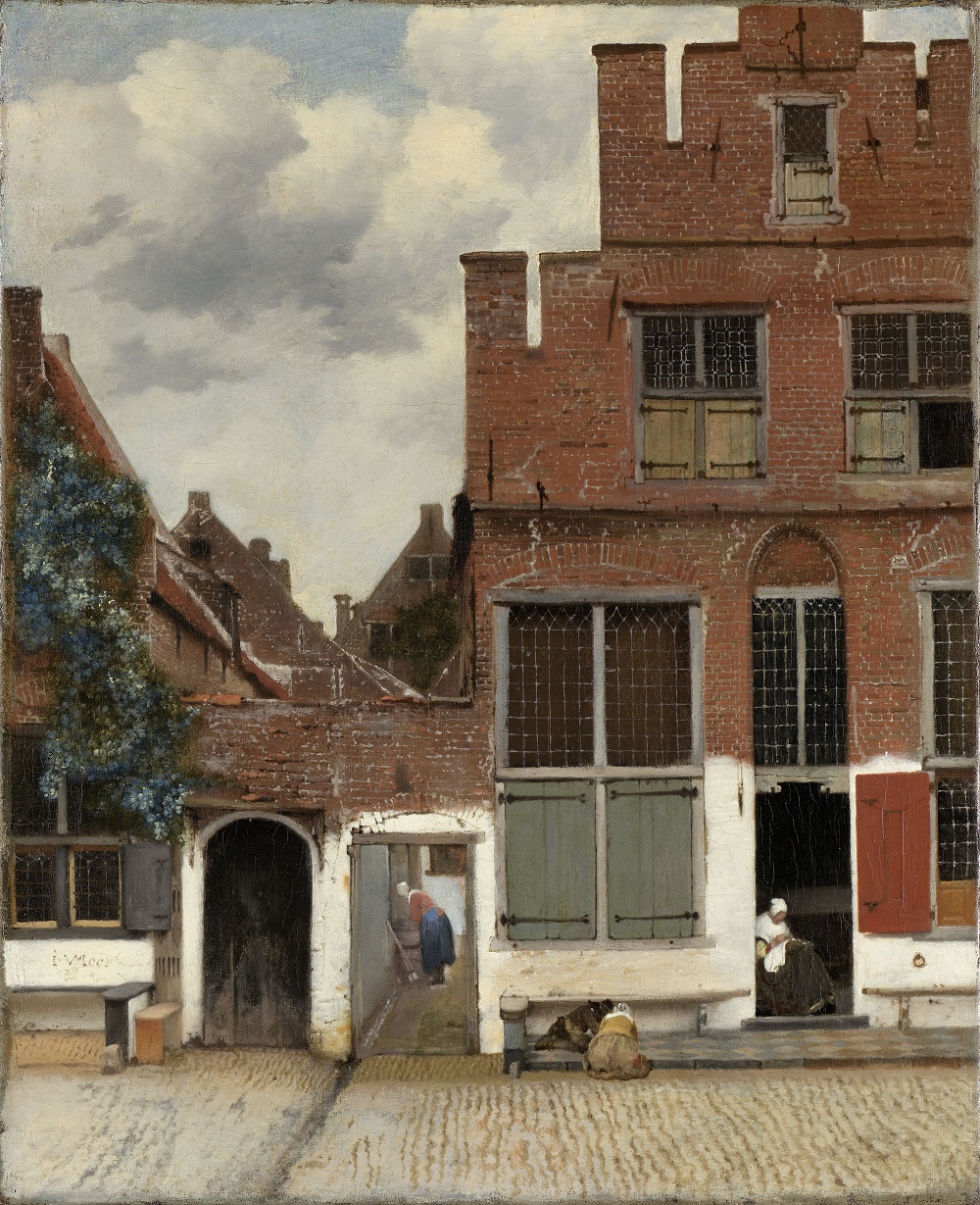
In one of the most recent postings on the site, emeritus professor of architecture Philip Steadman writes an intricately illustrated essay on the most probable location of the rare exterior painting, The Little Street (c.1658), which, the Rijksmuseum tells us, “occupies an exceptional place in Vermeer’s oeuvre.” The Rijksmuseum also allows you to download—with a free account—a very high resolution scan of the painting, as well as others like The Milkmaid (further up), Woman in Blue Reading a Letter, and more. Other galleries, physical and online, offer similarly high res Vermeer downloads, and students and devotees of his work can collect all thirty-six known paintings—digitally—by visiting the links below. As for the real thing… well… you’d need to cough up more than a couple dozen bucks for one these days.
Note: Although most images listed below are in high res, several aren’t, and they tend to appear toward the bottom of the list. If anyone knows where we can find better versions, please drop us a line.
- Girl with a Pearl Earring (Wikimedia Commons)
- The Little Street (Rijksmuseum)
- The Milkmaid (Rijksmuseum)
- Woman in Blue Reading a Letter (Rijksmuseum)
- The Love Letter (Rijksmuseum)
- A Maid Asleep (The Met)
- Woman Holding a Water Pitcher (The Met)
- Woman with a Lute (The Met)
- Study of a Young Woman (The Met)
- Allegory of the Catholic Faith (The Met)
- Girl with Red Hat (National Gallery of Art)
- Girl with a Flute (National Gallery of Art)
- A Lady Writing (National Gallery of Art)
- Woman Holding a Balance (National Gallery of Art)
- The Guitar Player (The National Gallery/Wikimedia Commons)
- Lady Seated at a Virginal (The National Gallery)
- Lady Standing at a Virginal (The National Gallery)
- Christ in the House of Martha and Mary (The National Gallery)
- Lady Writing a Letter with Her Maid (National Gallery of Ireland)
- Lady at the Virginals with a Gentleman/The Music Lesson (Royal Collection Trust)
- The Wine Glass (Google Art Project/Wikimedia Commons)
- Young Woman with a Pearl Necklace (Google Art Project/Wikimedia Commons)
- Officer and Laughing Girl (Google Art Project/Wikimedia Commons)
- The Art of Painting (Google Art Project/Wikimedia Commons)
- Girl Reading a Letter by an Open Window (Google Art Project/Wikimedia Commons)
- Mistress and Maid (The Frick/Wikimedia Commons)
- Girl Interrupted at Her Music (The Frick/Wikimedia Commons)
- View of Delft (Wikimedia Commons)
- The Geographer (Wikimedia Commons)
- Diana and Her Companions (Wikimedia Commons)
- The Procuress (Wikimedia Commons)
- The Girl with the Wine Glass (Wikimedia Commons)
- The Concert (Wikimedia Commons)
- The Astronomer (Wikimedia Commons)
- The Lacemaker (Wikimedia Commons)
- A Young Woman Seated at the Virginals (Wikimedia Commons)
Related Content:
300+ Etchings by Rembrandt Now Free Online, Thanks to the Morgan Library & Museum
Rijksmuseum Digitizes & Makes Free Online 210,000 Works of Art, Masterpieces Included!
Download Hundreds of Van Gogh Paintings, Sketches & Letters in High Resolution
Josh Jones is a writer and musician based in Durham, NC. Follow him at @jdmagness
